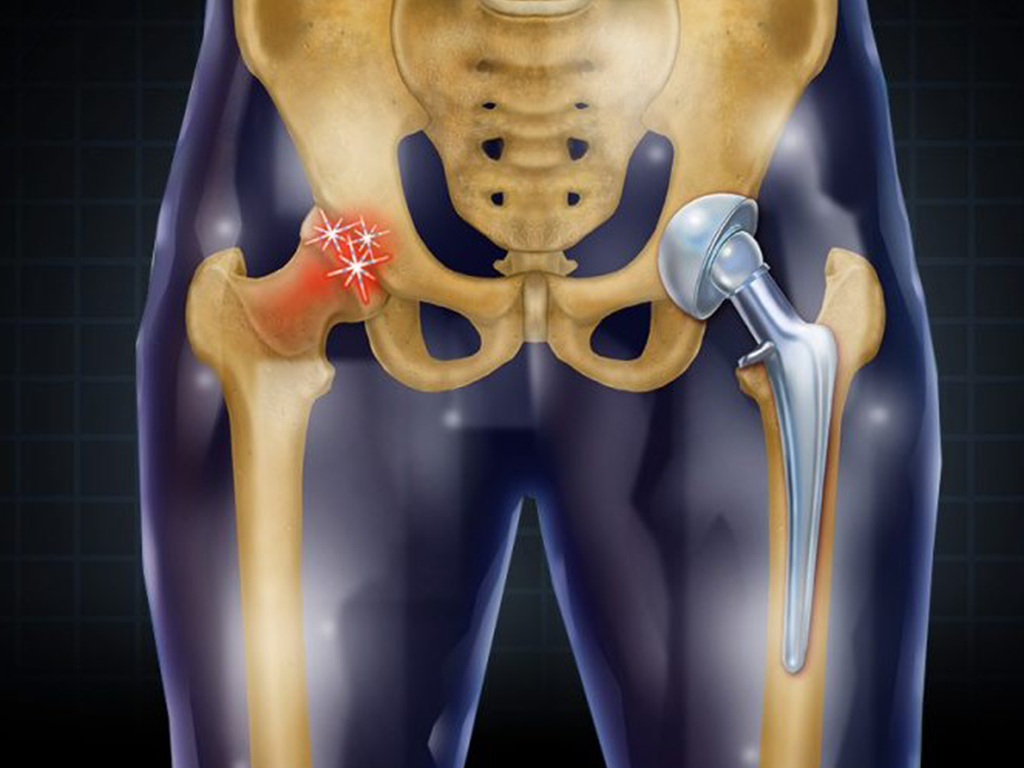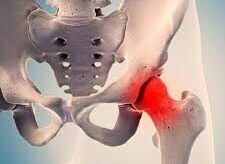Hip Replacement

Hip Replacement
Hip replacement surgery is a specialized orthopedic procedure that replaces a damaged hip joint with a prosthetic implant to relieve pain and restore mobility. Commonly performed for arthritis or injury-related conditions, it offers improved function, enhanced quality of life, and long-term relief through advanced surgical techniques and durable medical-grade materials.
Here’s how it works:
Pre-Operative Assessment
The patient is usually given anesthesia, which can be either local (numbing the area) or general putting thorough evaluation, including imaging tests and physical exams, to determine suitability for surgery. Ensures the patient is in optimal health for the procedure and helps identify any underlying conditions.e patient to sleep), depending on the complexity of the procedure.
Anesthesia Administration:
General or regional anesthesia is administered to ensure the patient remains comfortable during surgery. The patient will either be fully unconscious or numbed from the waist down, depending on the approach.
Incision & Joint Exposure:
A carefully planned incision is made to access the hip joint, allowing the surgeon to remove the damaged components. The incision is positioned to minimize scarring and provide clear access to the joint for precise surgical manipulation.
Removal of Damaged Joint:
The damaged femoral head and acetabulum are removed, and the hip socket is prepared for the prosthetic implant. The joint is carefully cleaned and shaped to ensure proper alignment and fit for the new components.
Implant Insertion:
The artificial hip components, typically made of metal, ceramic, and plastic, are implanted into the joint. The femoral stem, ball, and acetabular cup are securely placed to mimic the natural function of the hip joint.
Closure & Recovery:
The incision is closed, and the patient is moved to a recovery area for monitoring. Post-operative care includes pain management and early mobilization to promote healing and prevent complications.
Common Conditions Leading to Hip Replacement:

Osteoarthritis:
A degenerative condition where the cartilage wears away, leading to bone-on-bone friction, pain, and limited movement. Hip replacement provides relief by replacing the damaged joint surfaces.

Rheumatoid Arthritis:
An autoimmune disorder that causes joint inflammation and damage. When medication and other therapies can’t control the pain or prevent joint destruction, hip replacement can restore function and alleviate discomfort.

Post-Traumatic Arthritis:
After a hip injury, such as a fracture, arthritis may develop. If the damage is severe, hip replacement can improve joint function and relieve pain caused by joint deterioration.

Avascular Necrosis (AVN):
A condition where reduced blood flow to the hip joint causes the bone to die and collapse. In such cases, hip replacement is necessary to replace the damaged bone and restore function.
